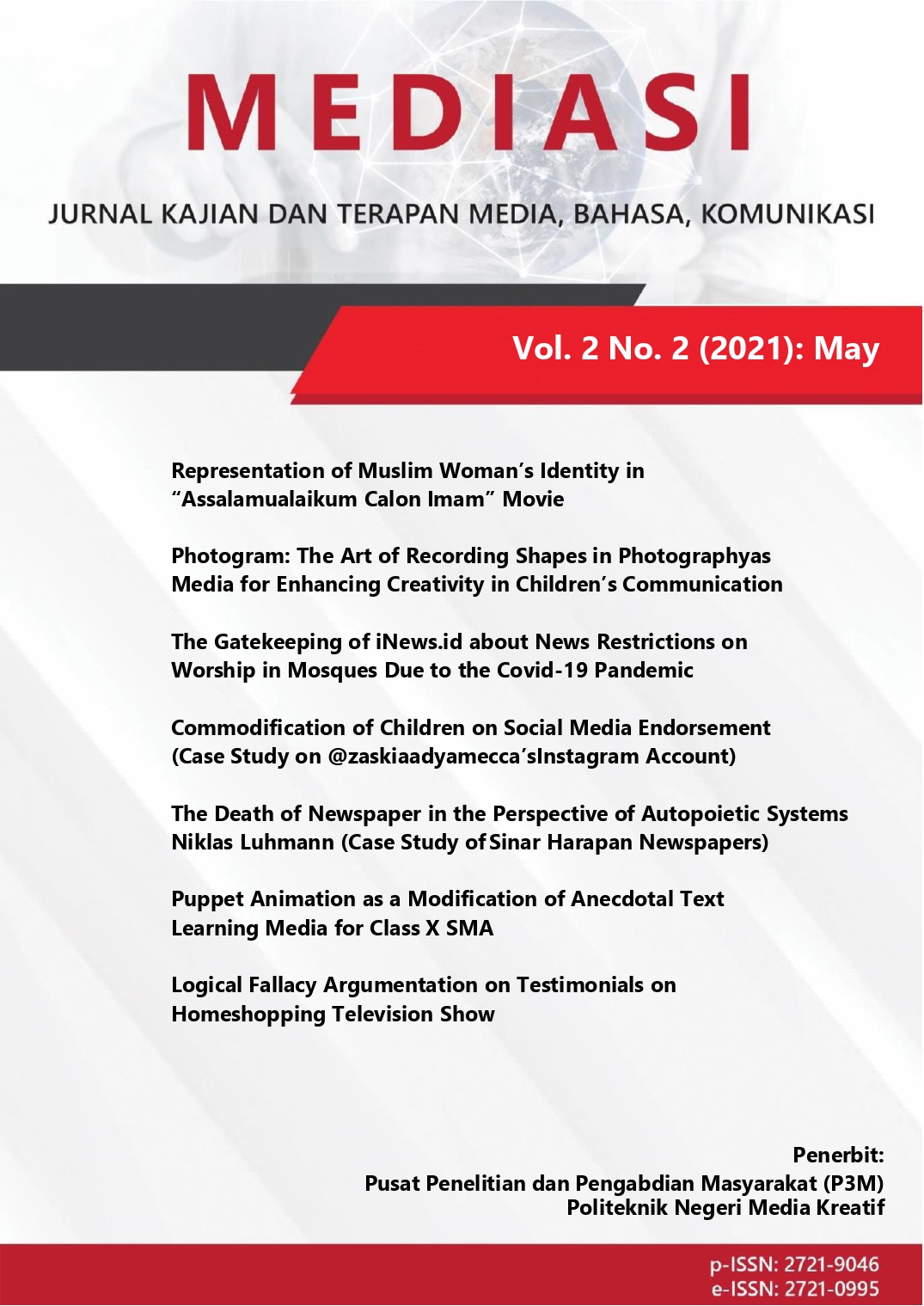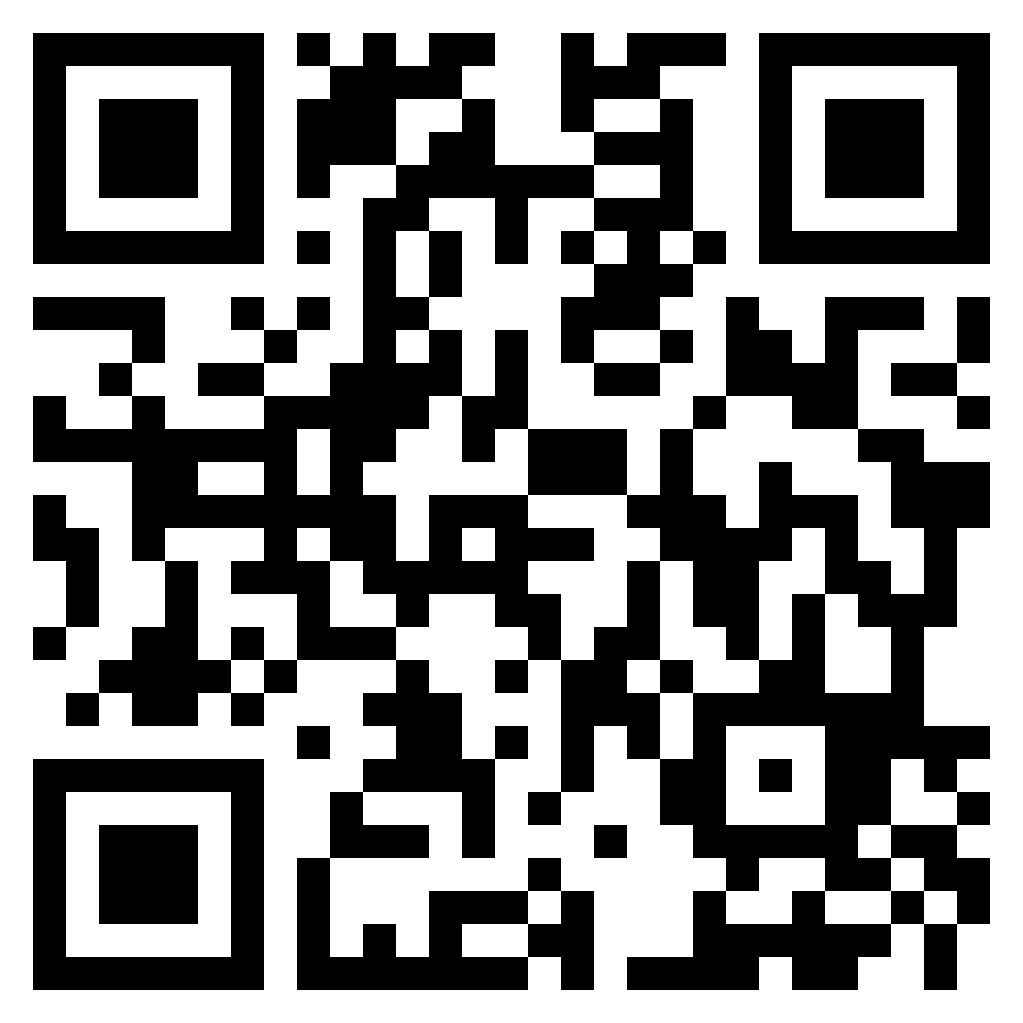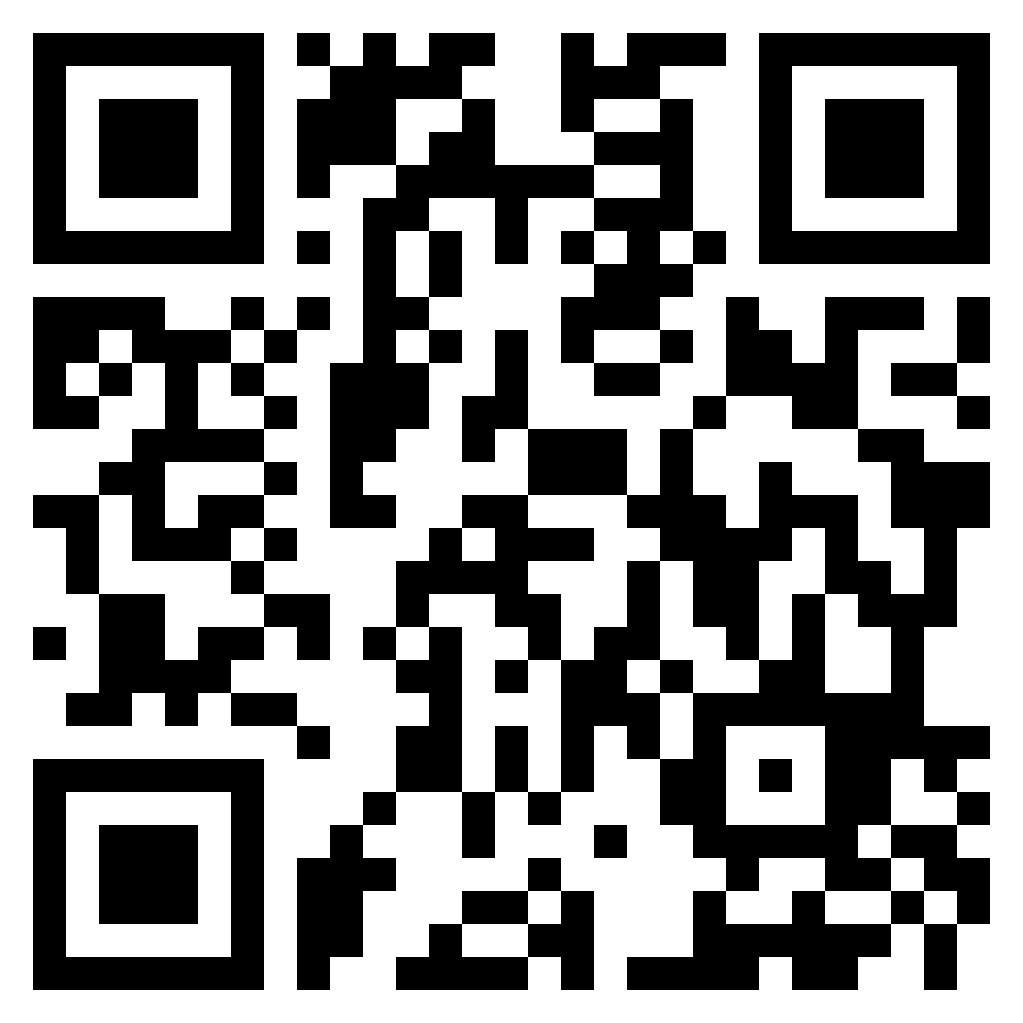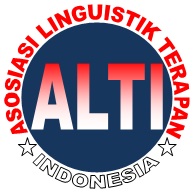The Death of Newspaper in the Perspective of Autopoietic Systems Niklas Luhmann (Case Study of Sinar Harapan Newspapers)
DOI:
https://doi.org/10.46961/mediasi.v2i2.366Keywords:
surat kabar, Sinar Harapan, sistem autopoietic, Niklas Luhmann,Abstract
Recently in Indonesia, the number of newspapers keep declining while at the same time, more online media emerge. One of the newspapers that has stopped publishing was the legendary evening newspaper Sinar Harapan, which stopped printing in 2016. This study aims to analyze the “death†of the evening newspaper Sinar Harapan from the perspective of Niklas Luhmann’s autopoietic system. Luhmann considers mass media as an autopoietic system that must have certain characteristics in order to survive. This research using case study methods with history perspective. The data were collected using the literature study method. This research shows that the evening newspaper Sinar Harapan as an autopoietic system has to stop operating because of the complexity of the environment that Sinar Harapan cannot compensate for. Although Sinar Harapan has carried out an evolutionary process on the selection stage, it has failed to stabilize itself. On the other hand, Sinar Harapan also failed to carry out its function as a media system to always present novelties irritating the social system.
References
Essra, Try Reza. (2015, Desember 31). Sinar Harapan di Hari Terakhir 2015. Retrieved from http://www.antaranews.com/berita/537719/ sinar-harapan-di-hari-terakhir-2015., diakses pada 2 Januari 2021 pukul 15.23 WIB
Hartadi, Kristanto. (2015, Desember 31). Semangat yang Tak Akan Padam. Retrieved from http://www.sinarharapan.co/news/read/151231032/semangat-yang-tak-akan-padam. ,diakses pada 2 Januari 2021 pukul 19.27 WIB
Katoppo, Aristides. (2015, Desember 31). Sampai Jumpa Lagi. Retrieved from http://www. sinarharapan.co/news/read/151231023/sampai-jumpa-lagi-., diakses pada 2 Januari 2021 pukul 15.09 WIB
Luhmann, Niklas. (2000). The Reality of the Mass Media (Translated by Kathleen Cross). Cambridge: Polity Press.
Redana, Bre. (2015, Desember 27). Inikah Senjakala Kami. Retrieved from http://print.kompas. com/baca/2015/12/27/Inikah-Senjakala-Kami., diakses pada 31 Desember 2020 pukul 11.23 WIB
Remotivi. (2015, Desember 28). Media Cetak yang Berhenti Terbit Tahun 2015. Retrieved from http://www.remotivi.or.id/kabar/247/Media-Cetak-yang-Berhenti-Terbit-Tahun-2015-. (diakses pada 31 Desember 2020 pukul 12.05 WIB
Ritzer, George. (2007). Teori Sosiologi Modern (Edisi Tujuh). Jakarta: Prenada Media Group.
Suwanti, Ninuk C. (2015, Desember 19). Bak Kucing Bernyawa Sembilan. Retrieved from http://www. sinarharapan.co/news/read/151219022/bak-kucing-bernyawa-sembilan, diakses pada 1 Januari 2021 pukul 19.17 WIB
Utomo, Wisnu P. (2015, November 23). Sinar Harapan dan Senjakala Media Cetak. Retrieved from http://pindai.org/blog/sinar-harapan-dan-senjakala-media-cetak/, diakses pada 31 Desember 2020 pukul 16.00 WIB
Zed, M. (2014). Metode Penelitian Kepustakaan. Jakarta: Yayasan Obor Indonesia.
Downloads
Published
How to Cite
Issue
Section
Citation Check
License
You are free to:
- Share — copy and redistribute the material in any medium or format
- Adapt — remix, transform, and build upon the material
- The licensor cannot revoke these freedoms as long as you follow the license terms.
Under the following terms: Attribution; NonCommercial; and no additional restrictions.















